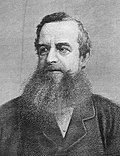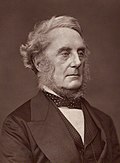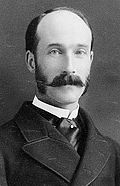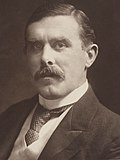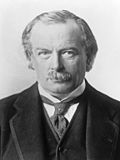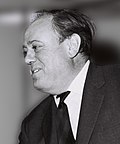This article needs additional citations for verification .(November 2024) |
| Secretary of State for War | |
|---|---|
 Royal Arms as used by His Majesty's Government | |
| War Office | |
| Member of | British Cabinet Privy Council |
| Seat | Westminster, London |
| Appointer | The British Monarch (on advice of the Prime Minister) |
| Term length | No fixed term |
| Formation | 11 July 1794 |
| First holder | Henry Dundas |
| Final holder | James Ramsden |
| Abolished | 1 April 1964 |
| Deputy | Under-Secretary of State for War |

The Secretary of State for War, commonly called the War Secretary, was a secretary of state in the Government of the United Kingdom. The position existed from 1794 to 1801 and again from 1854 to 1964. The Secretary of State for War headed the War Office and was assisted by an under-secretary, a parliamentary private secretary who was also a member of parliament (MP), and a military secretary, who was a general.






